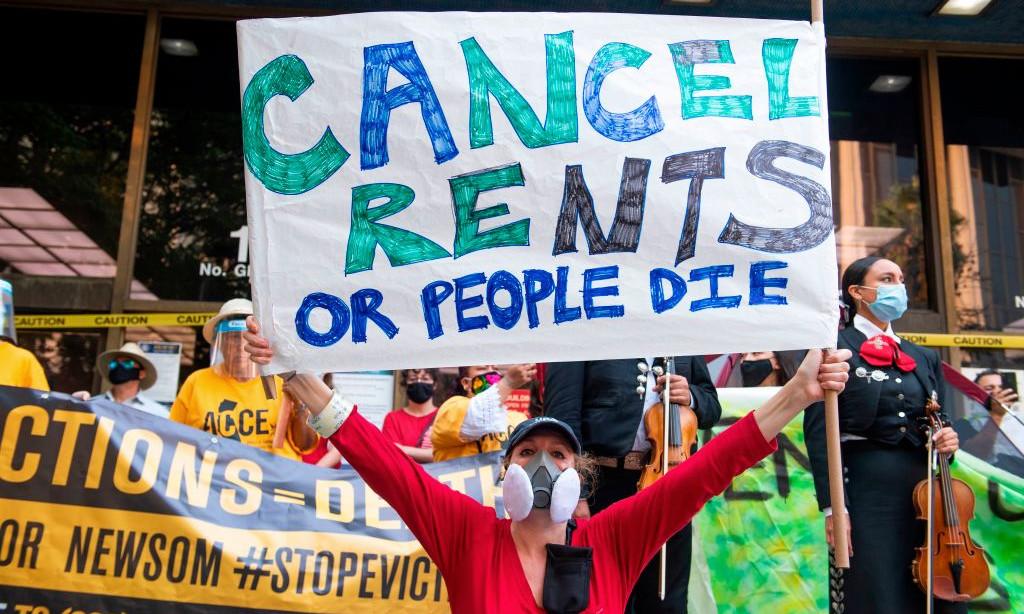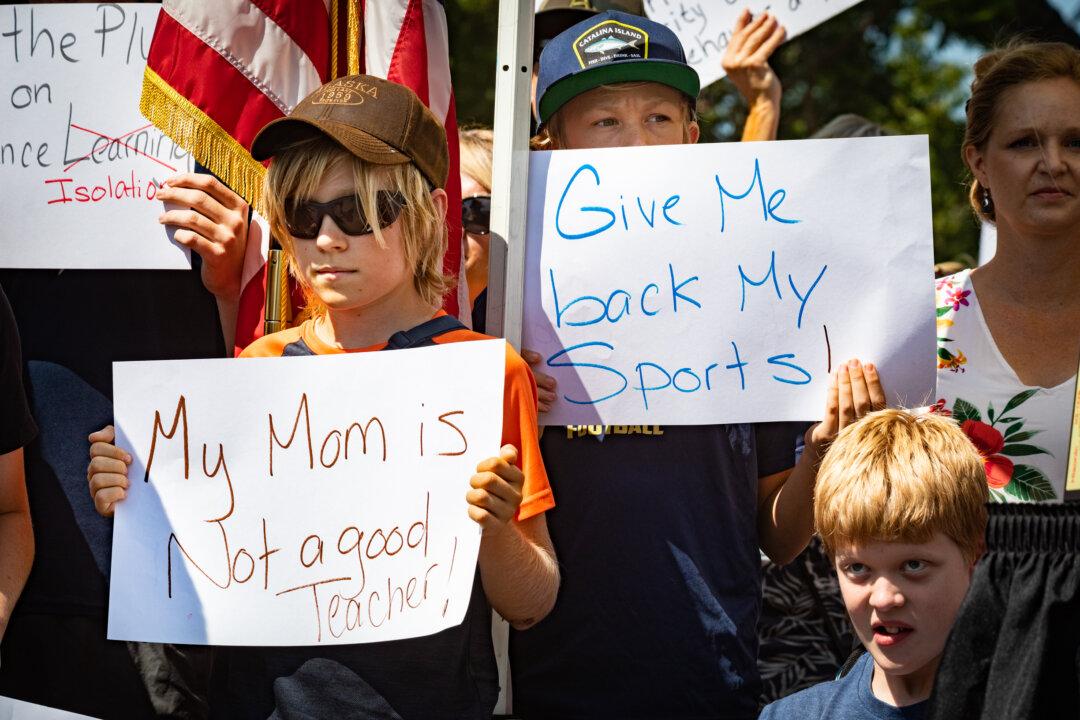The California state prison system is burdening local governments by leaving more inmates in county jails, according to Orange County Sheriff Don Barnes.
The California Department of Corrections and Rehabilitation (CDCR) hasn’t received prisoners from local jails in five months, Barnes said during an Aug. 12 teleconference held with District Attorney Todd Spitzer and state Sen. Ling Ling Chang (R-Diamond Bar) to discuss how the COVID-19 pandemic has affected the county’s criminal justice system.





